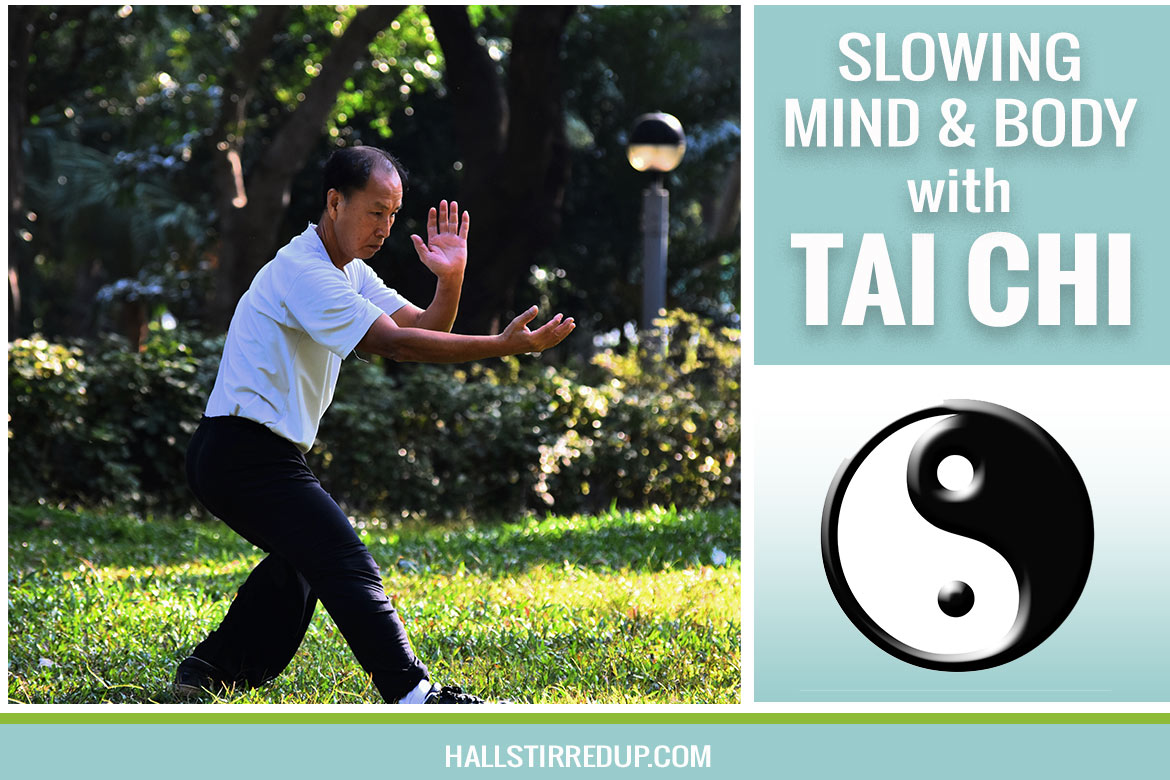
Slowing Mind and Body with Tai Chi
Slowing our fast paced world
Our lives have become so hectic! We race through the day from work, to meals, to family obligations. This kind of lifestyle takes its toll on our health and overall wellness. The stress response becomes commonplace, and a chronic state of fight or flight can even begin to affect our joy and happiness.
Previously, I’ve talked about the benefits of Tai Chi to slow aging, and relieve anxiety. In this post, let’s look at how the moving meditation of Tai Chi can slow mind and body, providing an antidote to our frantic lifestyles.
Stress vs. the relaxation response
Mindfulness focused activities allow us to decrease stress and anxiety by slowing the pace at which the mind and body function. The mindful awareness achieved in meditation allows us to disengage from stressful stimuli and thoughts.
Tai Chi includes mindful meditation by using movement and breath. The deep breathing performed during Tai chi immediately slows the body and mind. One of the first activities performed during a Tai Chi practice is connecting with the breath. Once a stance is established, the breath becomes deep, slow, and even. This type of breathing turns off the “fight or flight” response (sympathetic nervous system) and stimulates the Vagus nerve (parasympathetic nervous system), soothing and calming the body.
Movement and focus
When performing Tai Chi, practitioners engage in high levels of concentration. Perception is narrowed to immediate actions and surroundings. For example, one focuses on where feet meet the ground or the sensations associated with shifting weight from one foot to the other. When arms are lifted, the hand’s position, or the way the shoulder muscles and upper back feels is noted. These slow poses enhance focus, and provide a break from the mental chatter of everyday life.
Tai Chi offers physical fitness
Although performed slowly, Tai Chi exercises provide many of the same benefits as traditional Western exercise. Benefits include building strength and flexibility, improved cardiovascular function, and improved immune system. Stress reduction and improved sleep, along with a general sense of well-being are also key benefits. And it accomplishes these results with lower impact.
Tai Chi’s slow and repetitive nature makes it simple to learn. It doesn’t require any special equipment. You only need a few feet of space to move and knowledge of the style to practice the form.
Tai Chi is moving meditation
Tai Chi offers a moving meditation experience. Once memorized, muscle memory comes into play, allowing long-term practitioners to find a meditative state. Attention shifts from the mechanics to its content; from the how to being in the present moment.
Tai Chi slows the body and mind
Tai Chi provides an effective and proven approach to physical fitness, mindfulness, and meditation. It does this by combining deep breathing, choreographed movements, and meditation. Consistent practice provides a way to attain physical and mental health as well as a general sense of well-being. It’s accessible to all ages and fitness levels, and in many cases can even be practiced by people with limited capacity for movement. If you’re looking for a way to slow down in a fast paced world, I hope you’ll try the ancient art of Tai Chi.
Be Sure to Sign Up ~
Before you go, sign up to receive updates and direct links to my newest free printables! Subscribers receive post updates and an exclusive digital desktop wallpaper of each month’s featured printable. Digital wallpapers are only available for the first month, so don’t miss out!
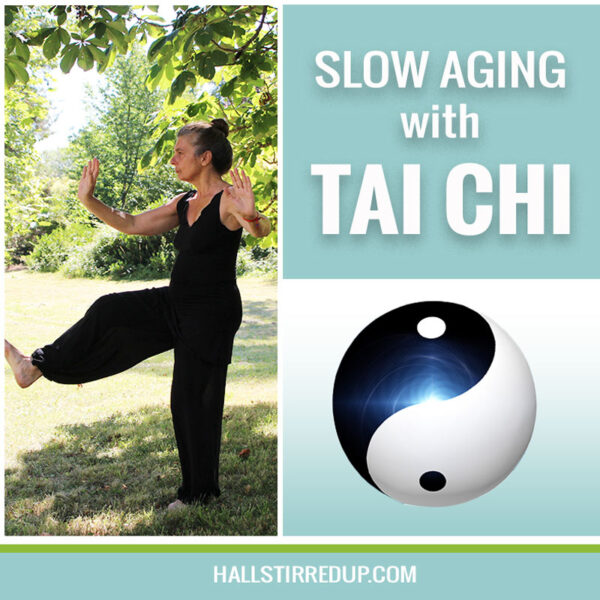 Learn More
Learn More
Read how Tai Chi can slow aging
Learn how Tai Chi relieves stress and anxiety
Check out 5 lessons I learned from Tai Chi
This post is presented as informational entertainment and not meant to diagnose or treat any illness or disease. Always consult your medical professional before beginning any regimen or adding anything new to your diet.
Sources:
https://www.energyarts.com/tai-chi-meditation/https://exploreim.ucla.edu/video/tai-chi-chih-improves-resilience-quality-of-life-and-cognitive-function/
https://www.omicsonline.org/open-access/mechanism-of-pain-relief-through-tai-chi-and-qigong-2167-0846.1000115.pdf
https://www.optimallivingdynamics.comhttps://www.selfhacked.com
Photo by Mark Hang Fung So on Unsplash
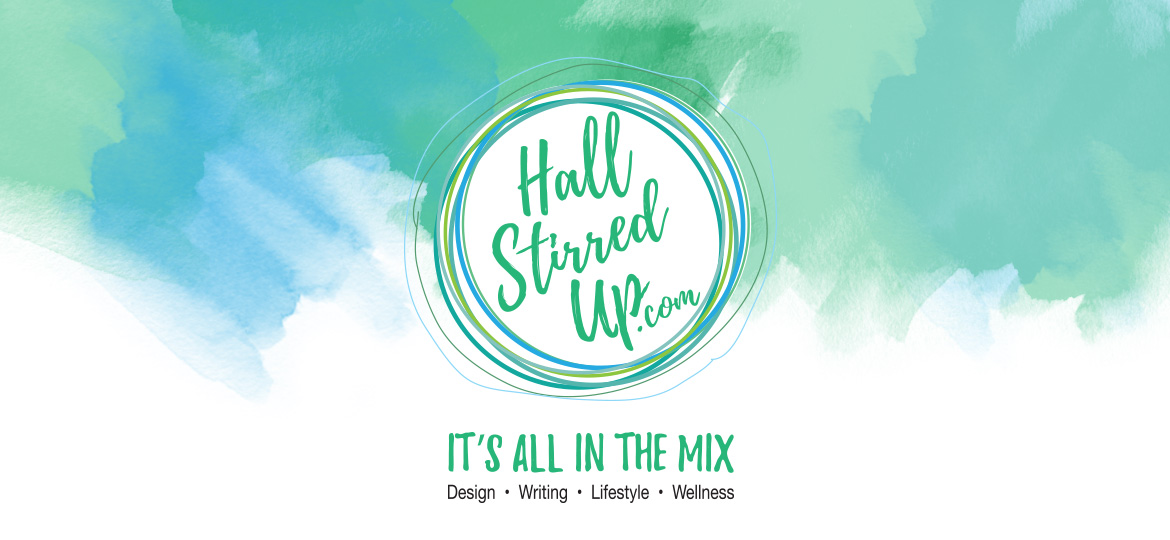
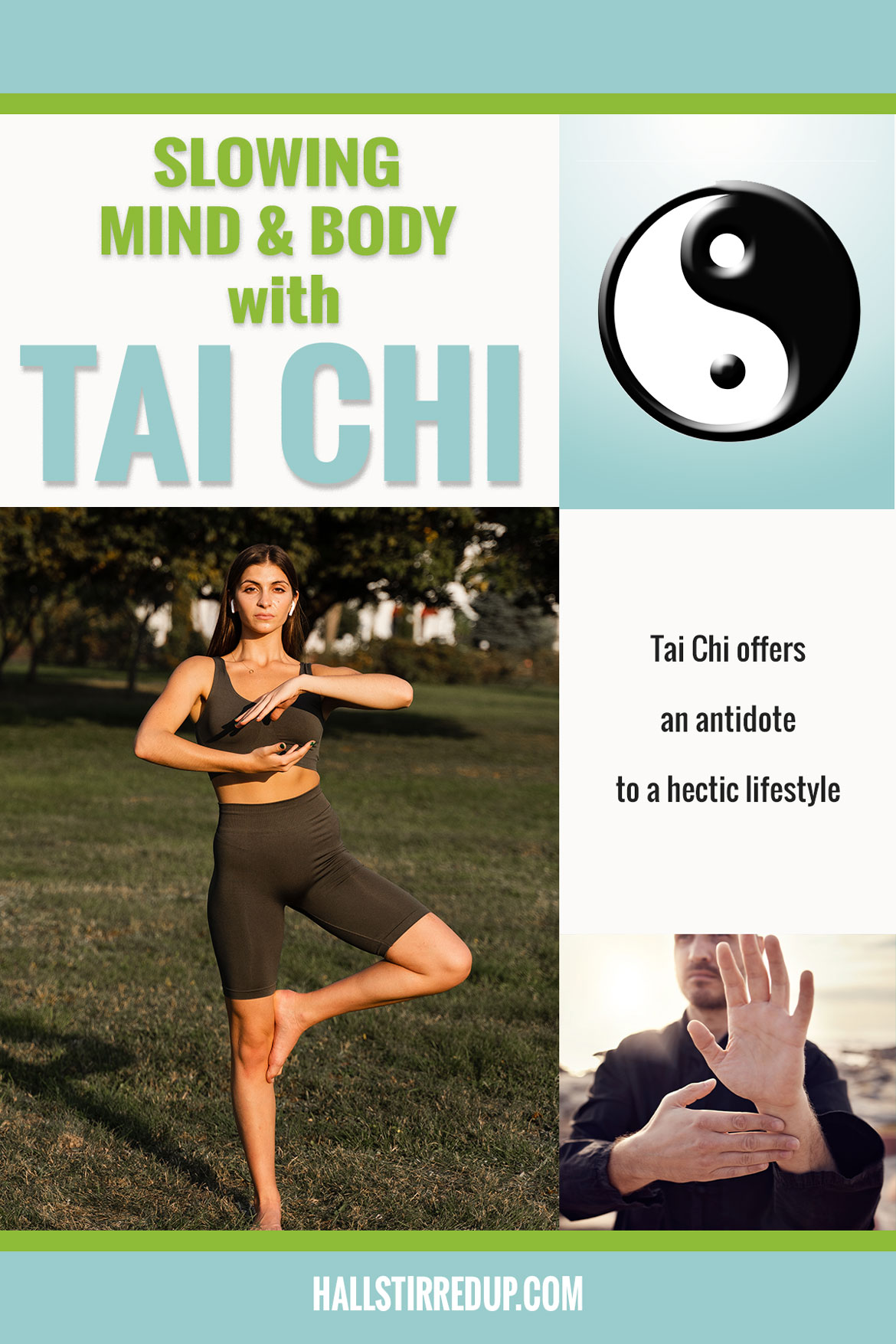
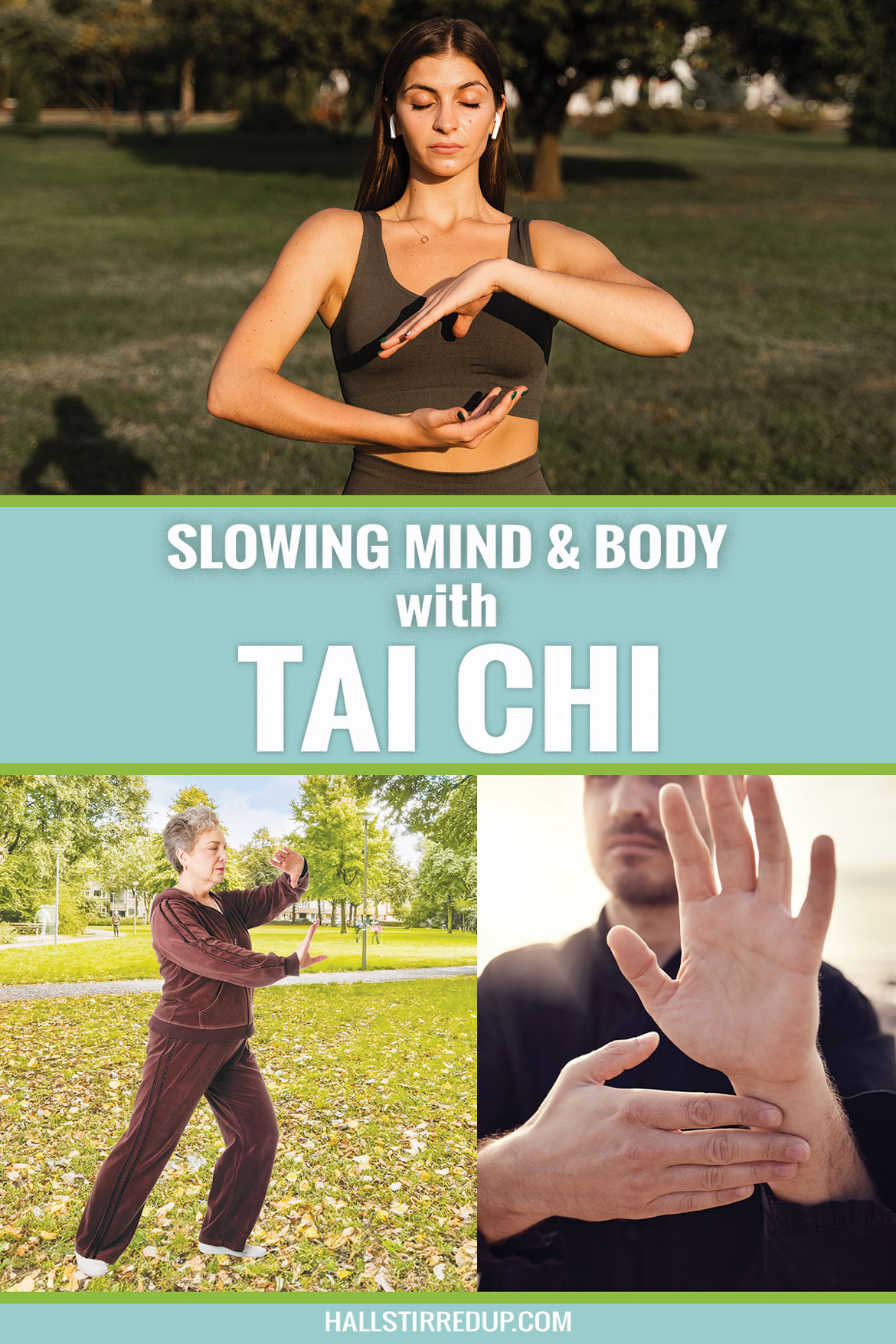
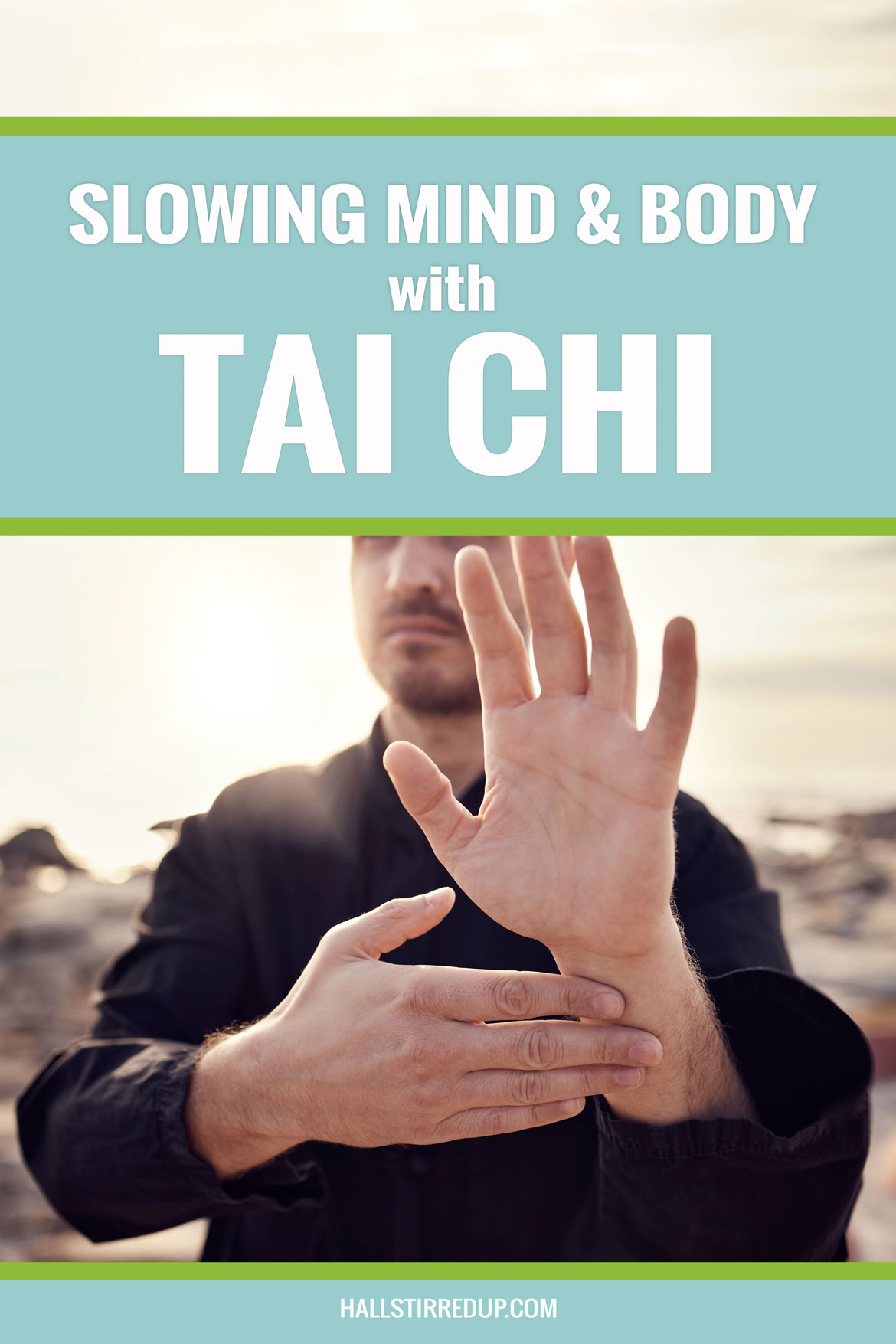
Leave a Reply